If you're an EDC enthusiast, you NEED at least one Swiss Army Knife in your collection. These extremely high quality knives made by Victorinox or Wenger blow away the competing knives at their price point.
In our opinion, knock-off multitool knives by no-name manufacturers are not worth purchasing. Stick with the original!
As their owners know, these knives are super useful, but if they have one downside it's that they tend to get VERY dirty and can be extremely difficult to clean.
Fortunately, Knife Pivot Lube has a secret method for getting your SAK as clean and smooth as it was when you got it from the factory!
Step 1: Wash Bottle Cleaning
Inspect the inside of your knife so you know where things stand before you get started, then grab a Nalgene bottle and fill it about halfway with warm water. Add 4-5 drops of liquid dishwashing soap to the water in your Nalgene and top off the mixture with a few tablespoons of Borax powder.
It's important to use a dishwashing soap that will rinse clean and not leave behind residues in the joints of your knife.
Once your cleaning mixture has been prepared, open the stouter tools on the knife so the wash water can better access the internals of your knife. Make sure that the blades and more fragile tools like scissors remain closed.
Next, insert the knife into the Nalgene bottle, close the lid, and shake vigorously for 30-40 seconds. As you shake the bottle, dirt, grease, and contaminants are being removed from the knife, and stuck-on grit is loosened by the detergent.

Now remove your knife from the bottle and rinse well with clean water. If possible, empty and refill your Nalgene bottle with clean water and give the knife another wash, this time with pure water.
Step 2: Dry the Knife Using Alcohol
Once you've given the knife a wash to remove most of the dirt and grime, you'll want to dry the knife very well to prevent rust from corroding the knife, especially in the tight crevices and pivots of each of the tools.

To do this very effectively, you can use high proof alcohol to pull moisture out of the knife. Use either Ethanol or Isopropanol (Isopropyl alchohol) with 90% or greater alcohol content.
Pour or spray alcohol into the body of the knife, dry with a rag, and allow the knife to sit for a few minutes while the alcohol evaporates.
Step 3: Deep Clean using Swabs

First of all, you'll want to remove debris and dirt. In order to make sure no residual dust or particles fall into the pivot, be sure to first wipe the knife down with a light plastic/nylon brush (old toothbrushes are great for this), and follow with a moist microfiber cloth.
Use cotton swabs to remove dirt and grit in the slots of the knife, paying attention to the areas near the pivots. If necessary, use a flashlight to illuminate the workspace!
Step 4: Lubricate!

Luckily, since you are working with a traditional folder, there's nothing for you to tear down! Case knives are meant to stay in one piece.
Since you're not disassembling your knife, you need to be certain you use a separating part so that your lubricant penetrates deeply, reaching every surface and interface.
Our Knife Pivot Lube products contain wickability modifiers that help oil to seep into the tight interfaces between knife parts quickly and effectively.

Apply a drop or two of lubricant to the pivot of each blade (be sure to get all pivot points), work the blades of your knife open and shut several times, then swab away excess lubricant with a cotton swab.
 In addition to the pivots, I'm always sure to add a bit of lubricant to all steel parts. This includes any locking mechanism (if there are any).
In addition to the pivots, I'm always sure to add a bit of lubricant to all steel parts. This includes any locking mechanism (if there are any).
Applying a bit to the blade, where the blade rests, and pins with a q-tip can displace moisture and prevent rust. It also keeps the metal fresh and healthy. Be sure to also clear the locking mechanism of any debris, and apply some extra lubricant for good measure.

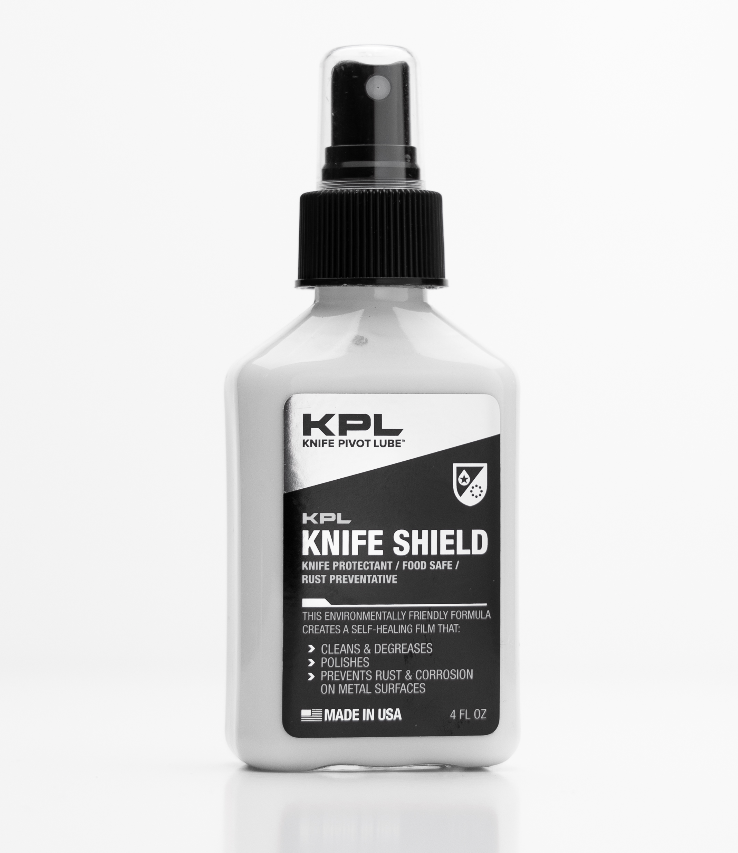
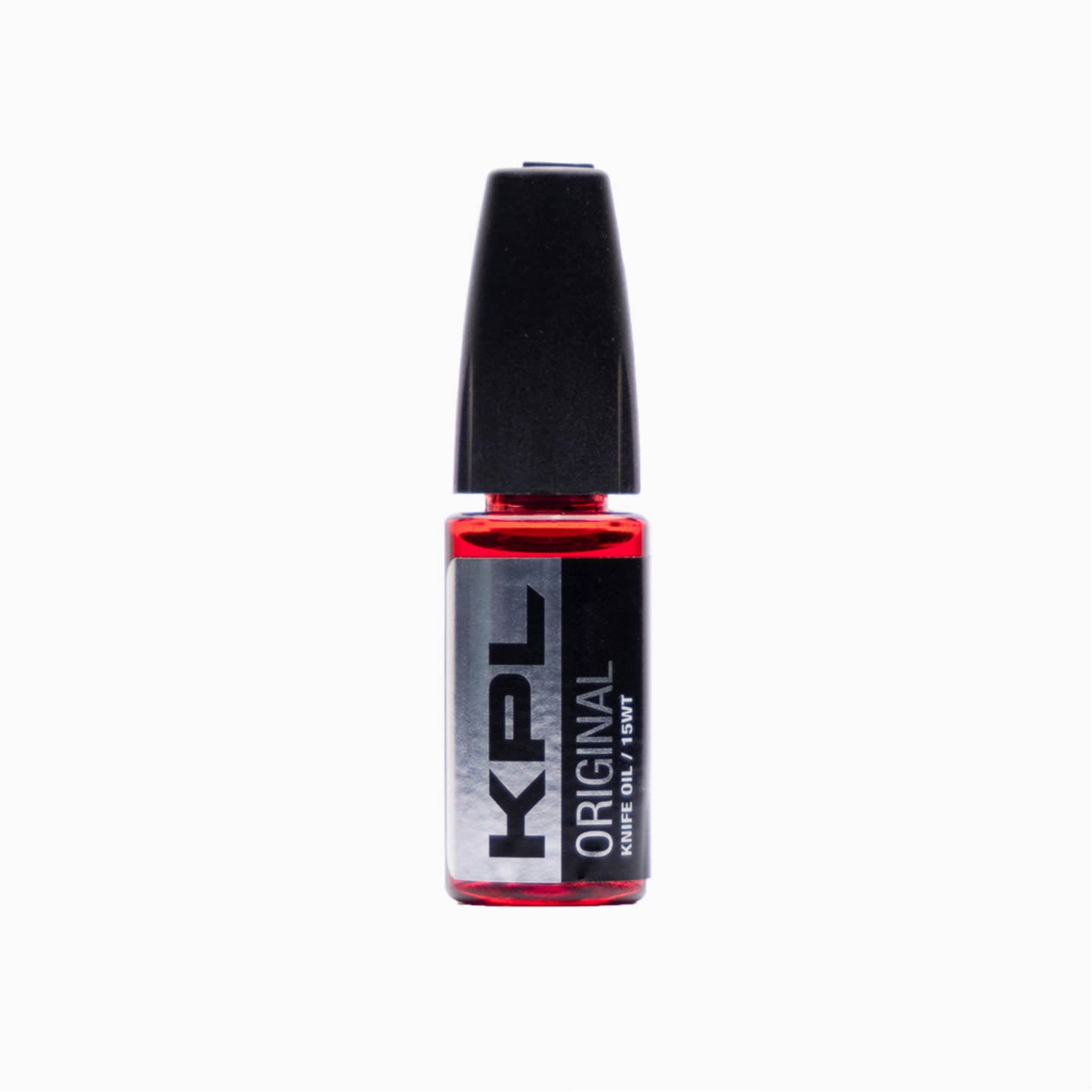

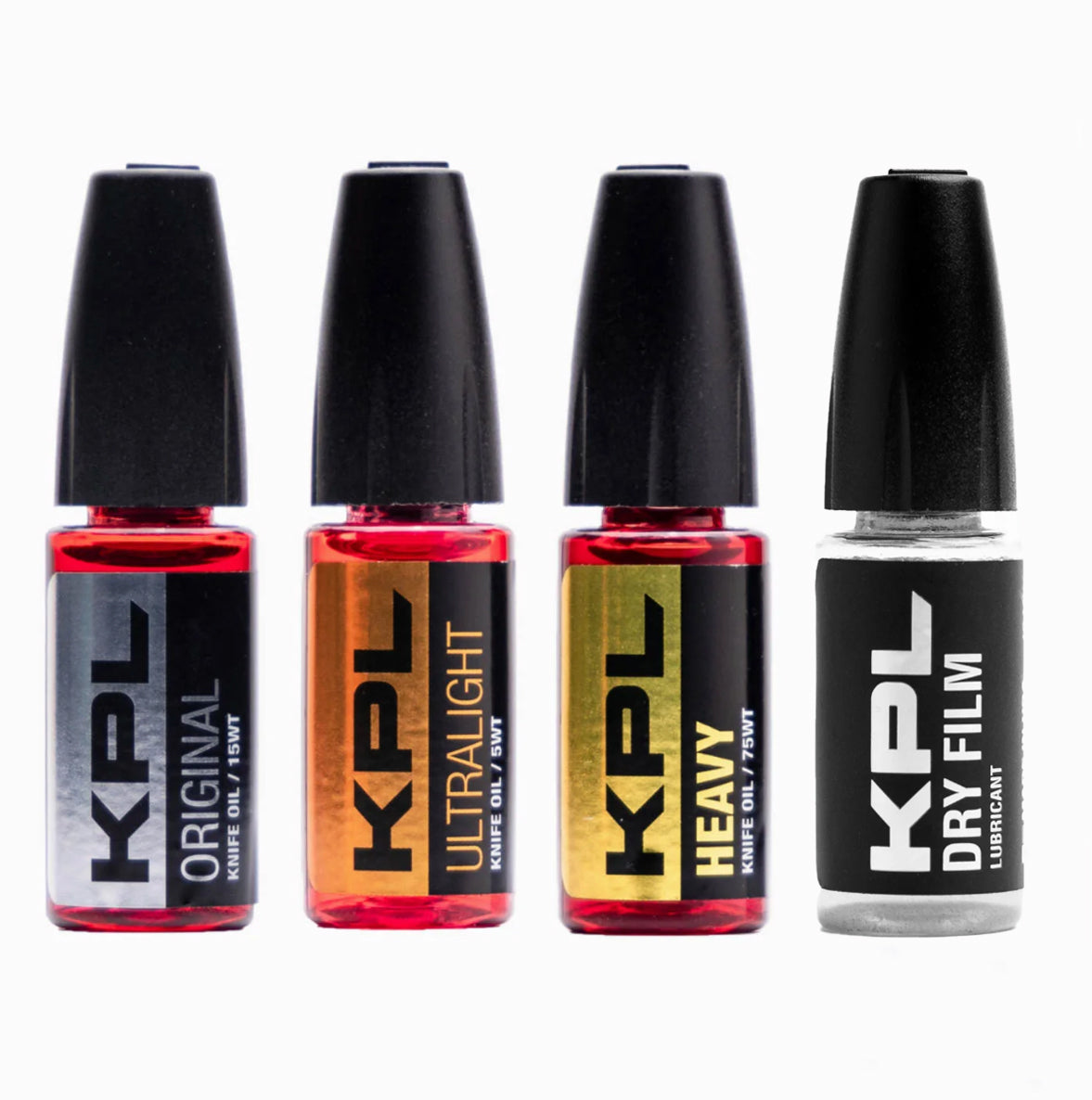
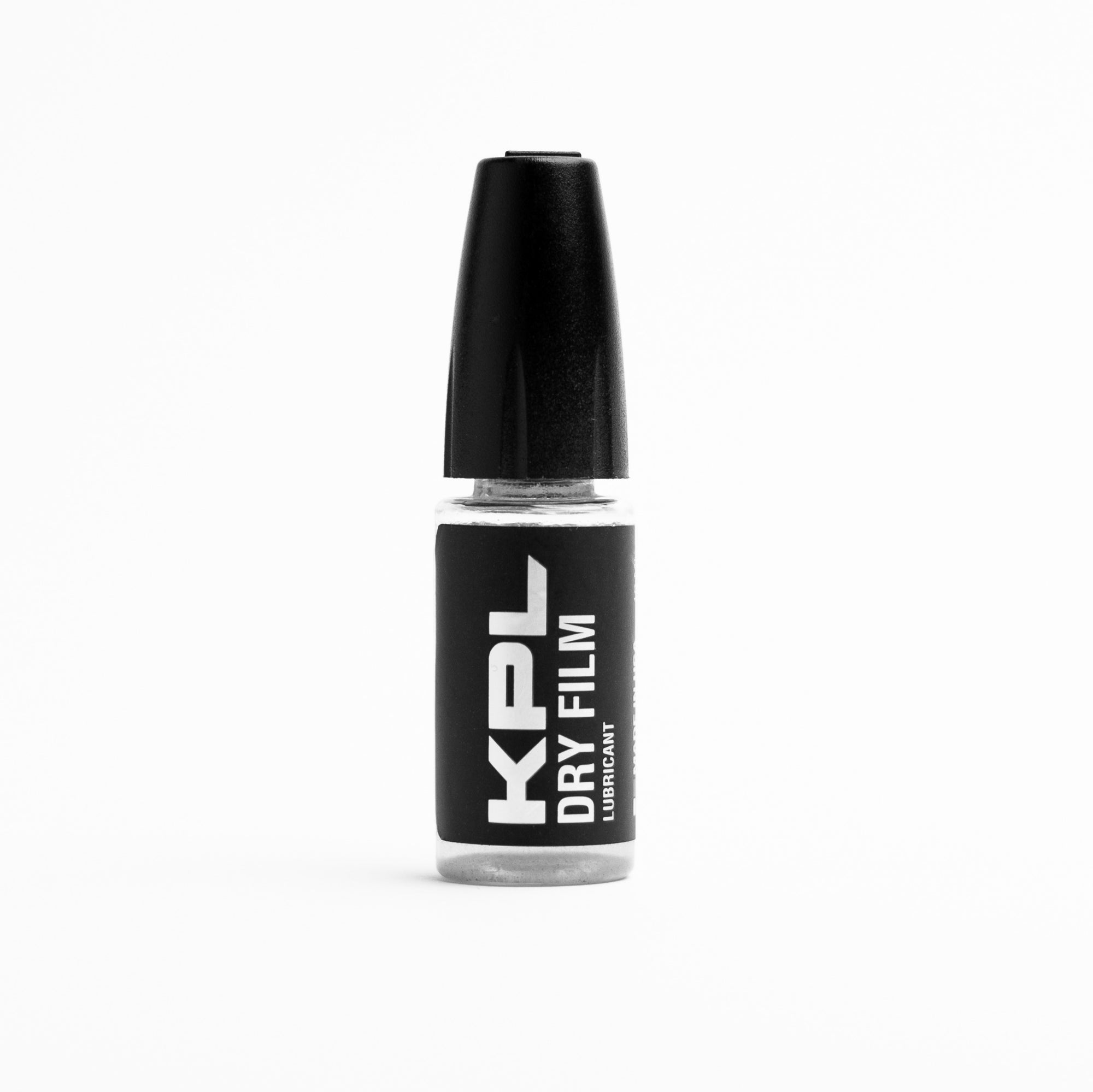
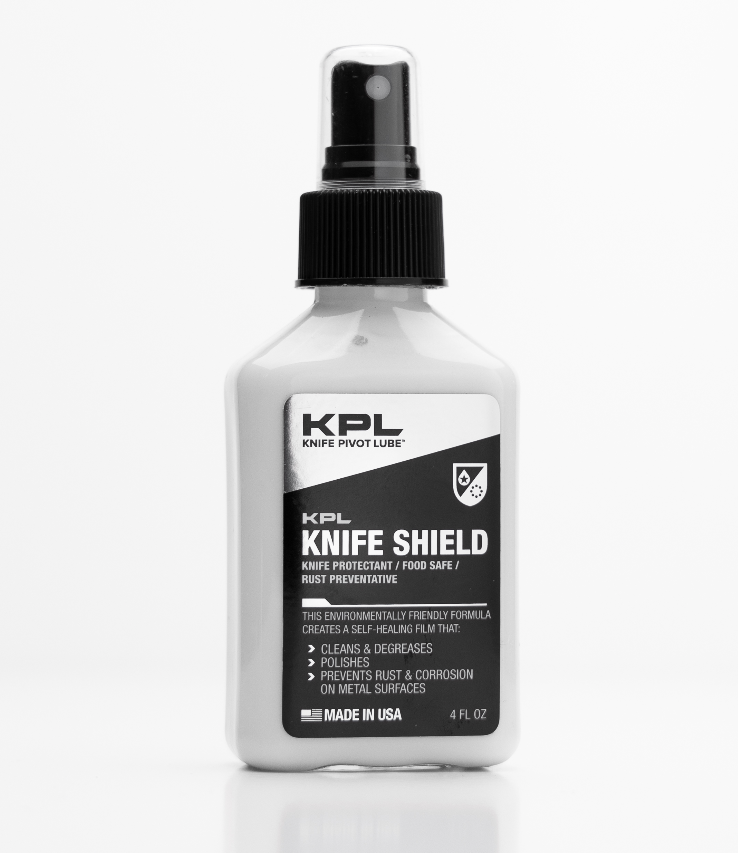
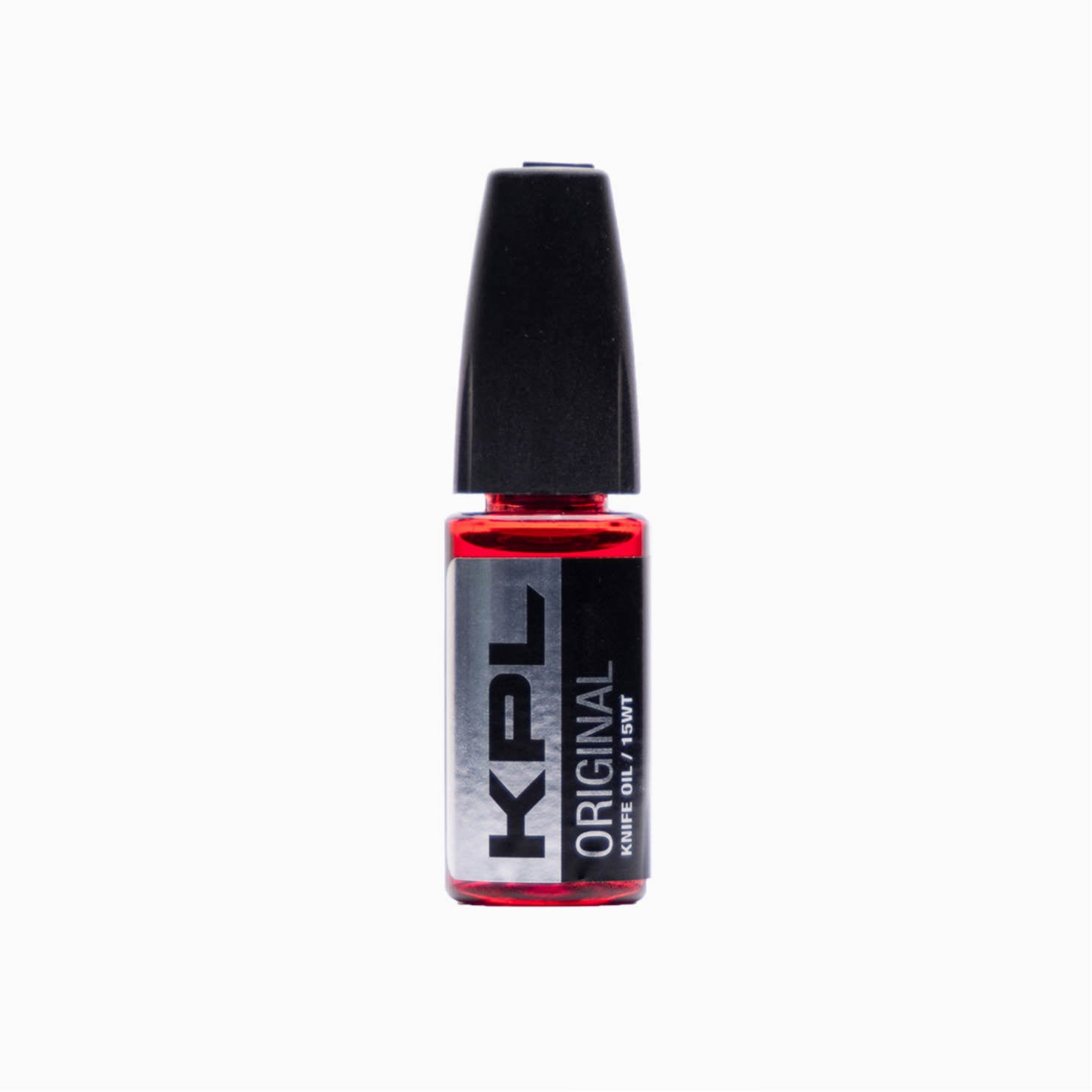


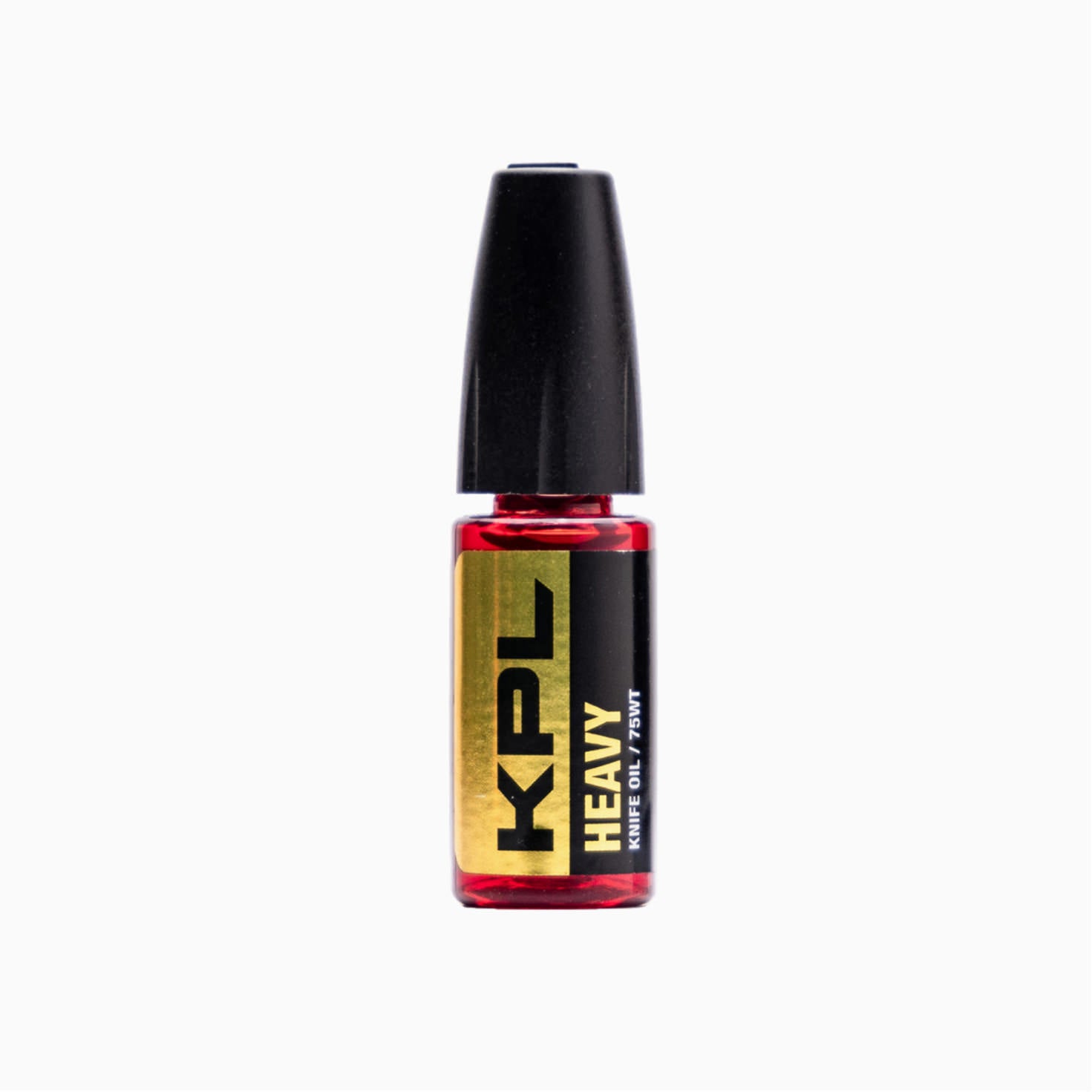
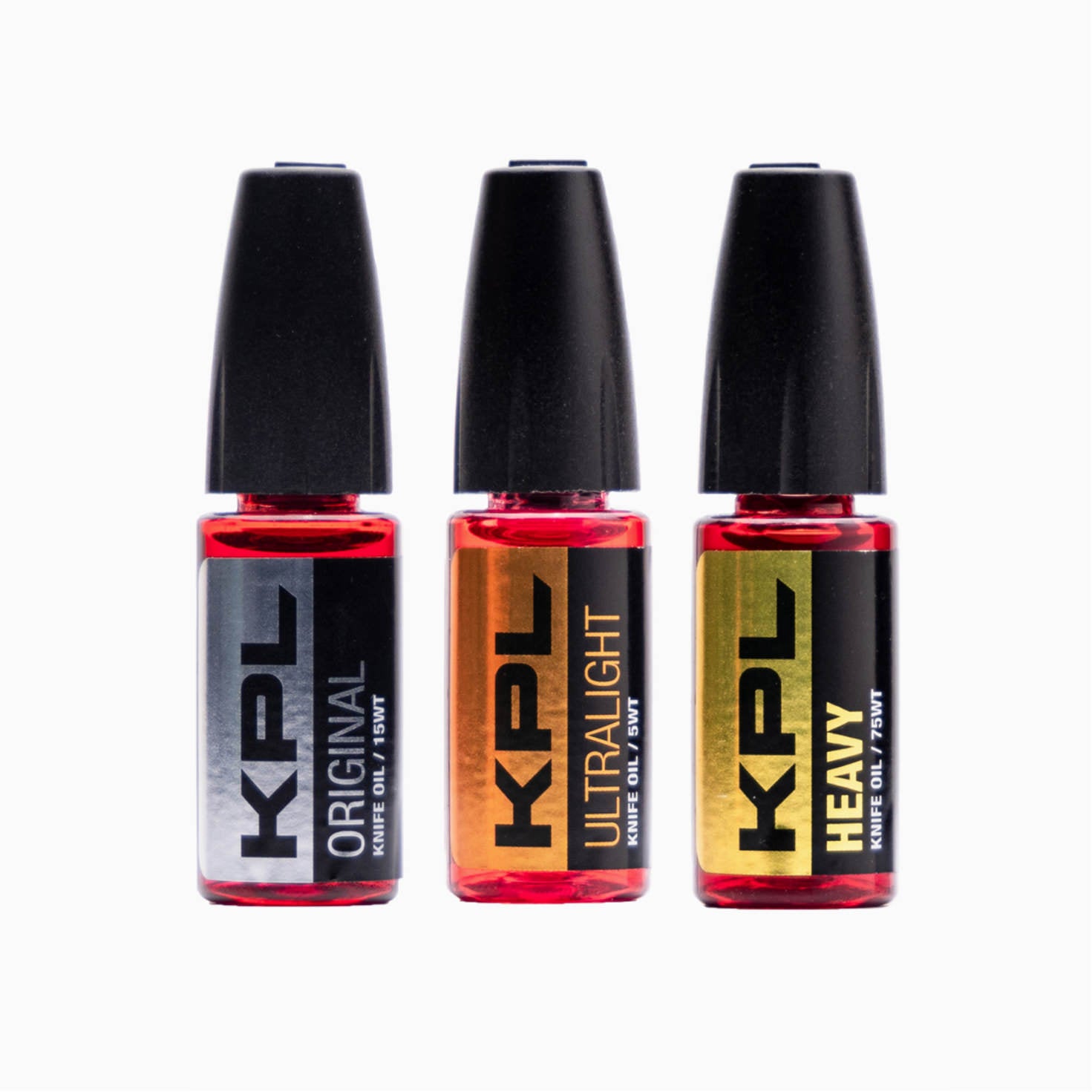
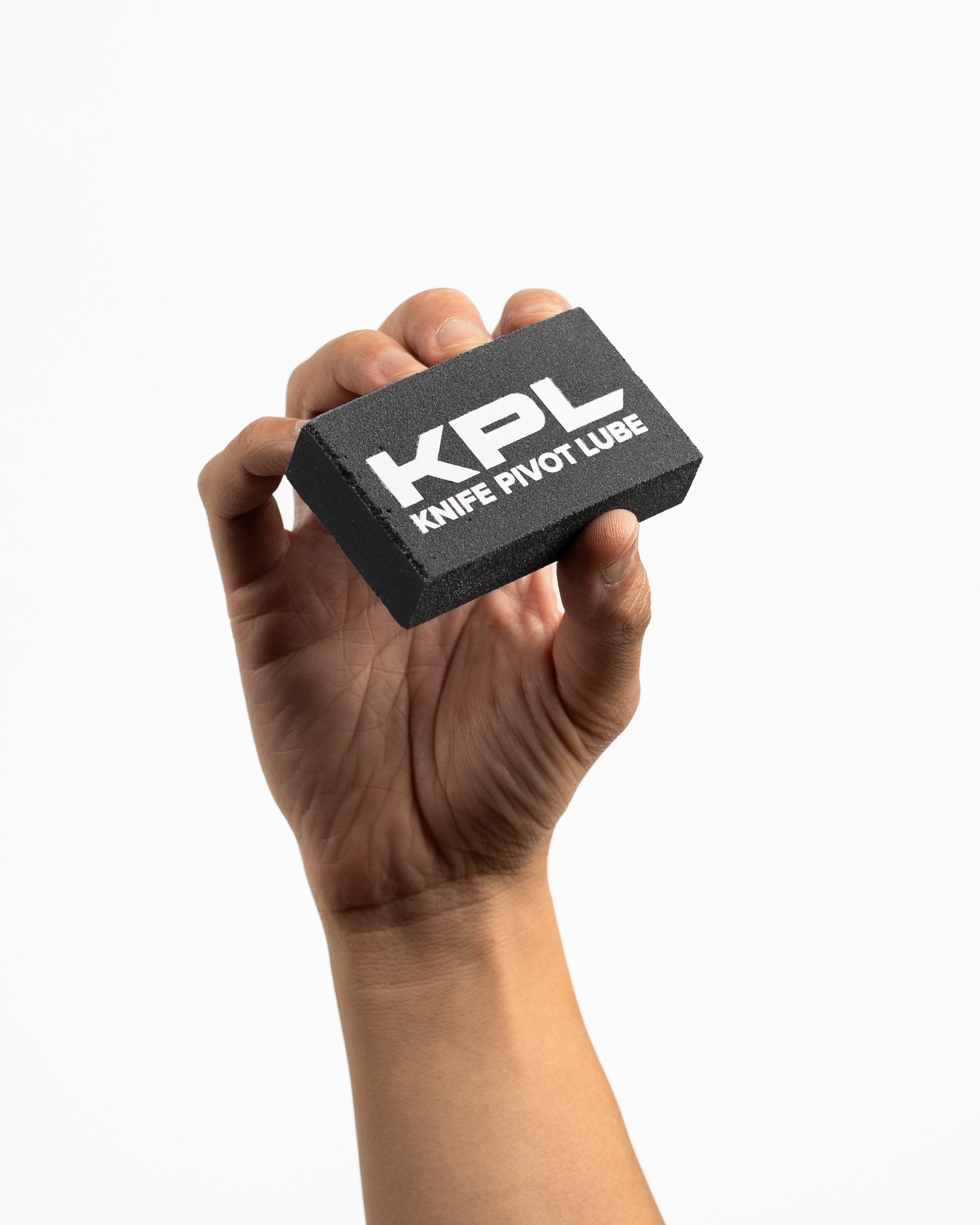
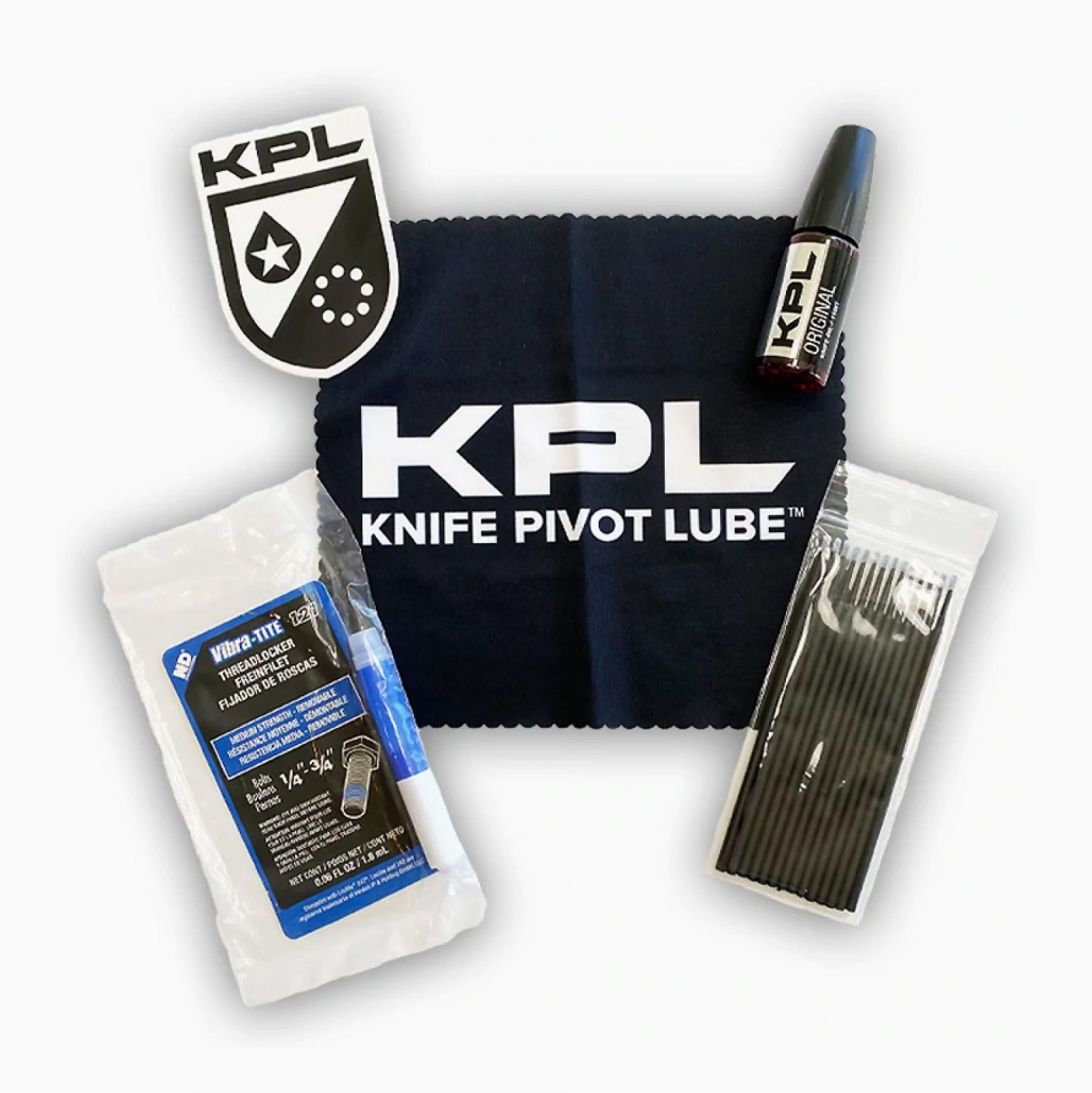
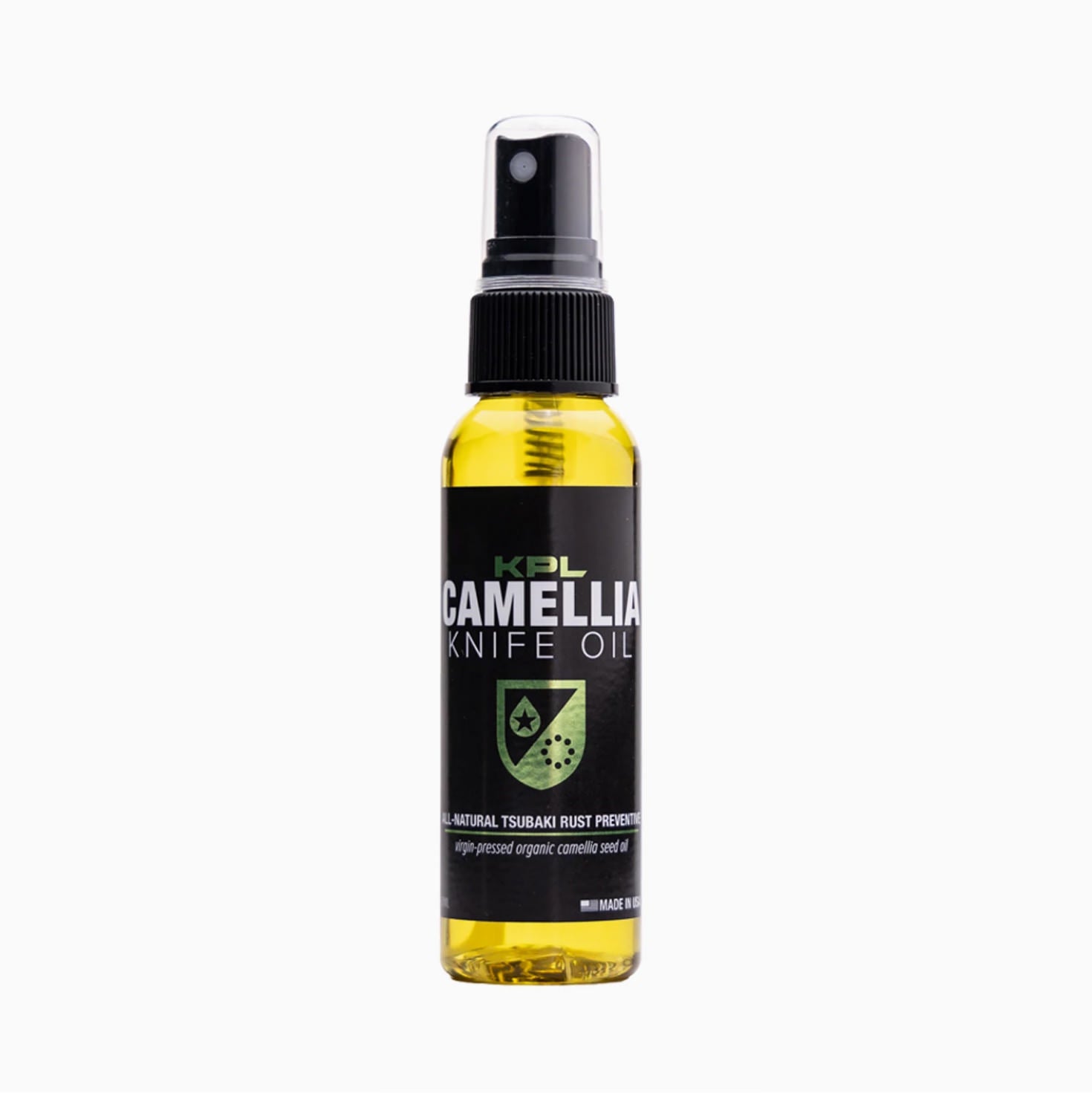


Comments
Amy Saunders said:
For some reason, I feel like I have to share this particular article with my uncle because he’s going on a camping trip with his colleagues next weekend and he has no idea what to bring. I’ll make sure he relies on the tips shown here to make a worthy purchase in the end. Kudos, by the way, for making us realize that we could prolong the lifespan of our Swiss army knives if we oil their components on a regular basis. https://paragonproducts.com/hits/